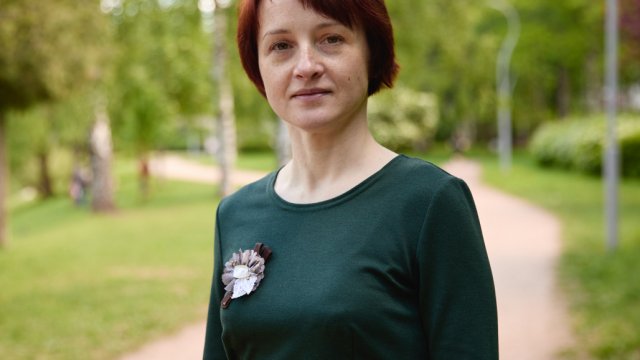There are only about 100,000 of them. Baikal seals are killed by both legal hunters and poachers due to their precious fur. The fur of young seals – babies with white skin – is especially valued among hunters. May 25 is marked as Day of Baby Seal.
This ecological holiday for youth and kids is marked in Siberia, mostly in Irkutsk Region and Republic of Buryatia. It was celebrated for the first time in 2003 in the form of drawing competition and environmental march. In the first turn, the holiday is aimed at attracting attention to the problems of Baikal seal population. An adult pinniped animal eats up to 1 ton of fish annually. The seal is on the very top of food chain in Baikal ecosystem, and man remains the main source of hazard for it.
Poachers kill baby seals for the sake of their fur, babies and adult animals die due to pollution of Baikal, the quantity of food and habitat are reducing due to raise in contamination of water and environmental deterioration. Less often, seals may be killed by other predators.
Initially, the Day of Baby Seal was a regional holiday, yet later, other regions introduced it into their calendars of zoological dates. It is aimed at protecting the mother-seal and its two-week-old babies from poachers, attract the public attention to environmental problems and instill in children careful attitude toward not only these animals, but nature in general as well. Kids remain the main participants of the respective events. Thematic lessons, competitions, exhibitions of drawings and crafts are held under mottos I want to live!, Protect me!, Alive seal is better than hat! and They are not skins, but kids!
Some scientists suppose that seals came to Baikal from the Arctic Ocean through the system of Yenisey and Angara rivers in the ice age, others do believe that these animals traveled through Lena, as it is assumed that the river once accepted a runoff from Baikal. The first decriptions can be met in the reports of pathfinders who came to Baikal area in the first half of 17th century. Today, the population of Baikal seals amounts to about 100,000 heads. The scientists count seals visually from the airplanes, lay out registration sites in the area, or travel around the habitat of seals by motorcycles.
The seals give birth to babies in specially prepared snow lairs in February-March. The skin of baby seal features white color. The baby seal stays in the lair eating its mother’s milk and does not dive for about six weeks. After having switched over to self-catering, the kid seals molt, and their fur changes its color to silver-gray for three-month-old animals and brown for adult ones.
Due to precious fur, seals are an object of hunting. The hunters mostly take kid animal after the first molt. Along with licensed hunters, poachers kill seals. Violating the law, they kill babies at the age of several months.
Photo: wollertz / ru.123rf.com
Based on materials: Day of Baby Seal and Baikal Seal






















